THIS ARTICLE/PRESS RELEASE IS PAID FOR AND PRESENTED BY the University of Bergen - read more
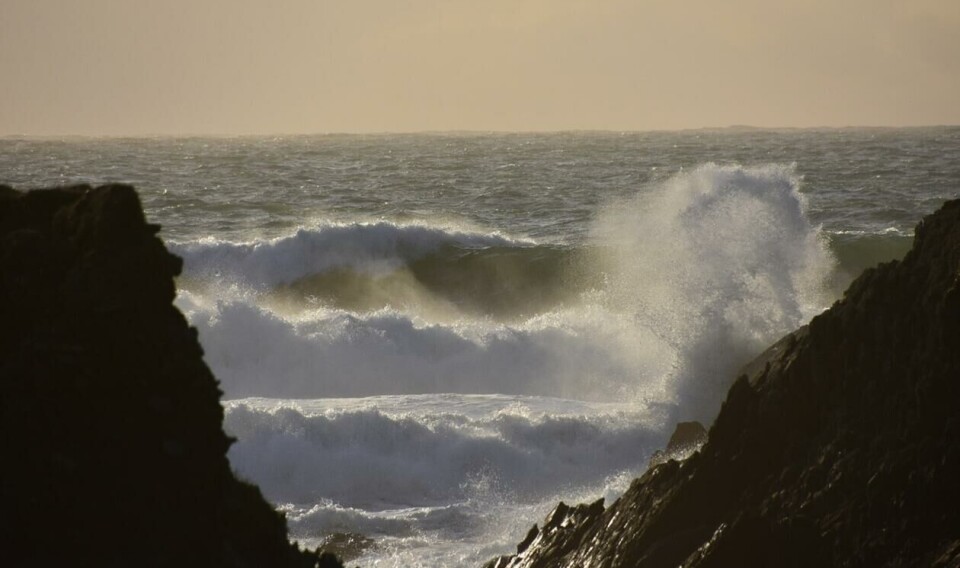
COMFORT project warns of irreversible damage to marine environment
Climate change, pollution, and overfishing threaten our oceans.
“Our oceans suffer from multiple stressors. Greenhouse gas emissions, plastic waste, and inputs from fertilisers and animal farming add pressure on marine ecosystems. Human societies must realise that freedom does not equate to unlimited resource use and unsustainable lifestyles,” Professor Christoph Heinze says.
He is the leader of COMFORT, a four-year research project funded by the EU’s Horizon 2020 programme.
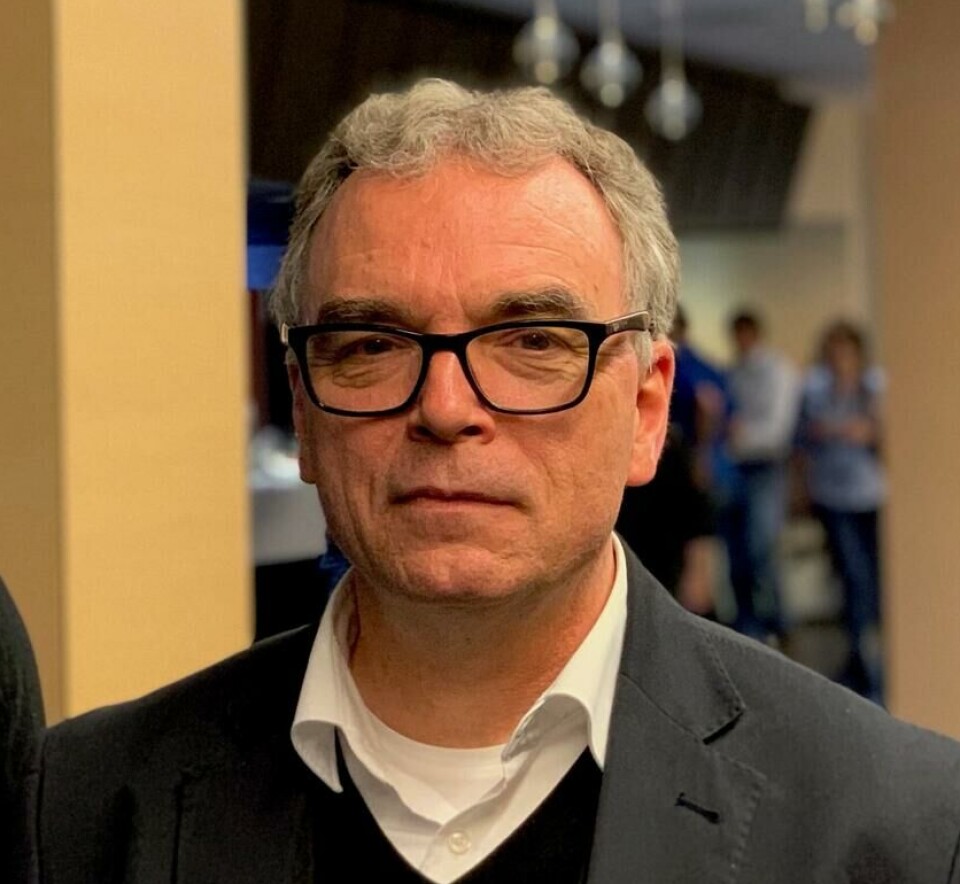
Tipping points have already been reached
COMFORT has investigated at which point the progressing levels of CO2 emissions, warming, and acidification cross tipping points for oceanic environmental conditions.
A tipping point refers to a critical threshold beyond which a system reorganises, often abruptly and/or irreversibly.
The project’s findings are alarming.
According to the research, tipping points have already been reached in several marine ecosystems, including the North Sea, due to climate change and overfishing.
“Warming, acidification, and deoxygenation are all factors that increase the likelihood of oceans reaching their tipping points. If marine systems cross their tipping points and undergo a shift from one stable state to another stable state, the effects may be severe and long lasting,” Heinze says.
Deoxygenation refers to the process of removing or reducing the oxygen content in a substance, such as water, leading to a decrease in the availability of oxygen for biological processes.
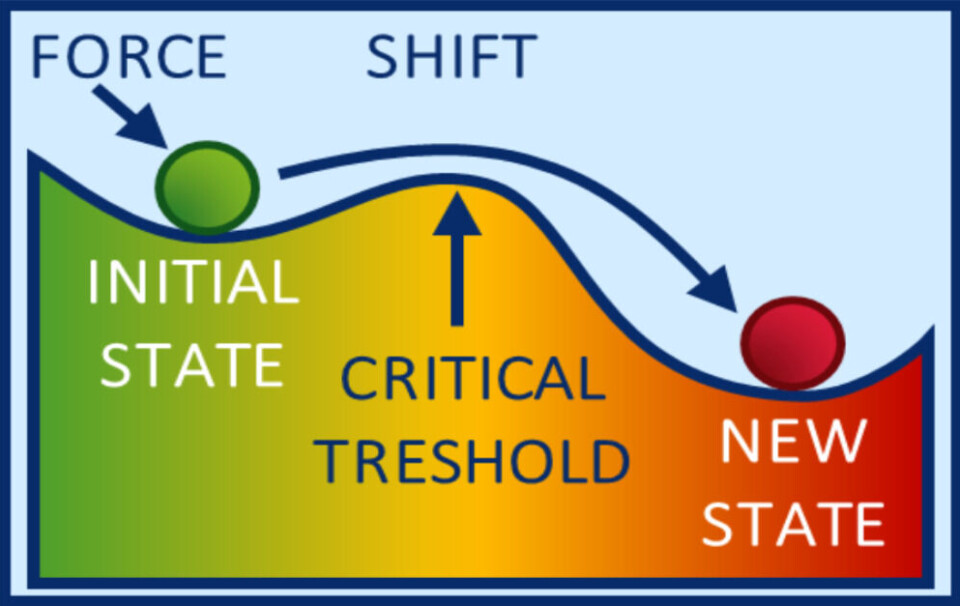
Fast warming, dead zones, and fish stock decline
All the main findings from COMFORT are outlined in the project’s recently released Policy Brief. The document highlights the severity of the ocean crisis.
Harmful algal blooms triggered by marine heatwaves are leading to fish deaths.
The Arctic Ocean is warming two times faster than the rest of the globe, leading to more ‘dead zones’ where most marine life cannot survive. Tropical fish stocks are projected to decline by up to 40 per cent by the 2050s.
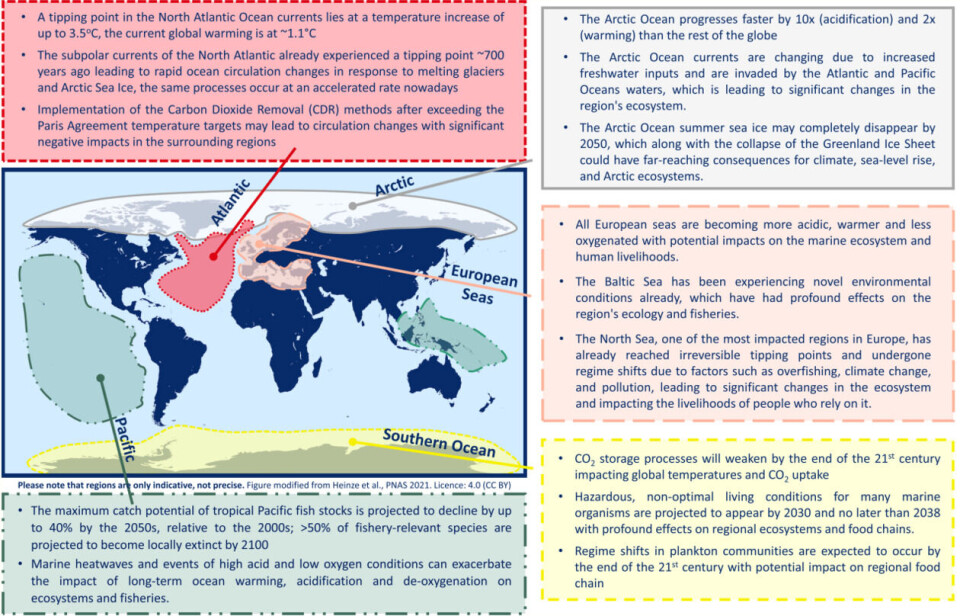
“Marine food production can go down significantly in some regions, people need to explore alternative sources to secure their income, and competition about natural resources can get more adverse,” Heinze warns.
The recommendations are clear
Despite the dire situation, there is still some hope, according to the research team. They have identified solutions that can mitigate the impacts of climate change on marine ecosystems. Greenhouse gas (GHG) reduction and nature-based solutions are presented as the two main ways of preventing irreversible damage to our oceans.
GHG reduction refers to reducing emissions from gases such as carbon dioxide, methane, and nitrous oxide.
Nature-based solutions involve working with nature to address the impacts of climate change and protect marine ecosystems. These solutions include measures such as restoring wetlands, mangroves, and seagrass beds, creating artificial reefs, and implementing sustainable fishing practices.
“Personally, I prefer to be a bit careful with the use of the term nature-based solutions as it may imply that nature will somehow be able to fix any crises. That might be the case, but possibly with a negative outcome for human beings. The most important thing is to slow greenhouse gas emissions in a timely manner. By timely, I mean now,” Heinze says. “The more we can reduce further warming and related further uptake of carbon dioxide by the oceans, the easier and faster the ocean can dilute the added heat and acidity.”
Sceptical about carbon dioxide removal
Heinze does not believe that CO2 removal (CDR) is a viable way to save our oceans.
“The idea that we can go on emitting greenhouse gases and take them out of the Earth system later is an illusion. COMFORT investigated selected options for marine based carbon dioxide removal as a potential mitigation option. Poor efficiency, lack of technological maturity, problems concerning upscaling to larger regions, and possible negative side effects make me pessimistic concerning technical solutions for the ocean’s problems,” he says.
Kept a cool head
The project’s final general assembly, which took place in Bergen 9-12 May, marked the culmination of the COMFORT team’s extensive research. There, the results of the project and recommended solutions were presented to more than 80 attendees.
“The participants at the general assembly kept a cool head and tried to deal with the problems rationally," Heinze says.
COMFORT was among the top contributing EU climate projects for the recent IPCC AR6, the 6th assessment report.
"So we can definitely say that we have delivered further good arguments for trying out all efforts towards limiting climate change,” he says.
The attendees all agreed that the time to act is now.
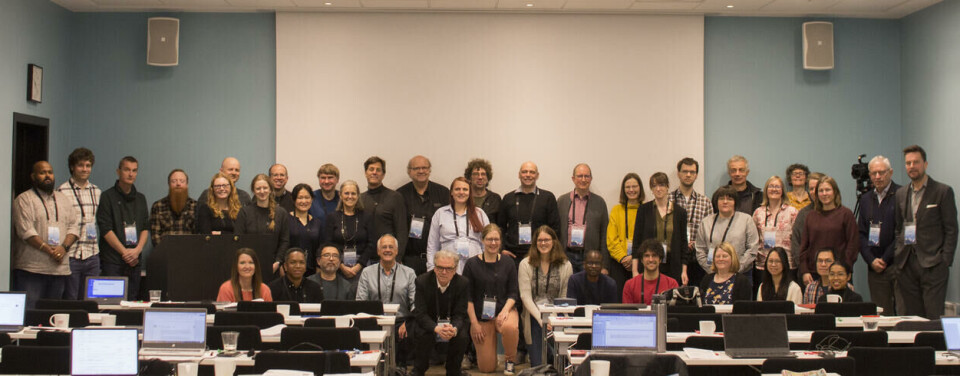
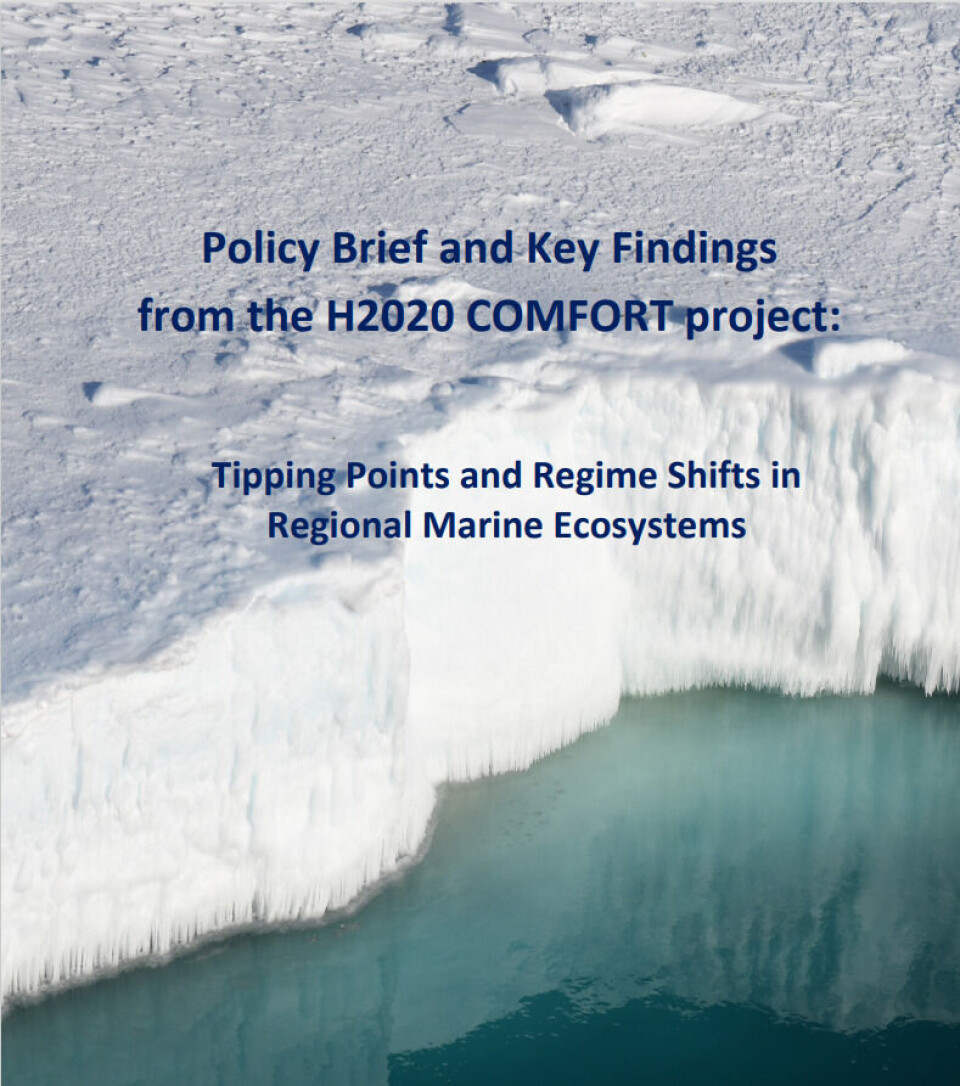
“There is widespread agreement among scientists on how to react to the progressing human-made climate forcings. We have to move faster away from fossil fuels, save energy, change agricultural practices and our diets, and we have to revise urban planning towards climate friendliness,” Heinze says.
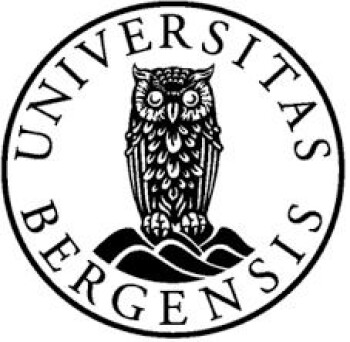
This article/press release is paid for and presented by the University of Bergen
This content is created by the University of Bergen's communication staff, who use this platform to communicate science and share results from research with the public. The University of Bergen is one of more than 80 owners of ScienceNorway.no. Read more here.
See more content from the University of Bergen:
-
Researcher: Politicians fuel conflicts, but fail to quell them
-
The West influenced the Marshall Islands: "They ended up creating more inequality"
-
Banned gases reveal the age of water
-
Researchers discovered extreme hot springs under the Arctic
-
Tiny particles unlock vinegar’s hidden healing potential
-
“Why doesn't it rain more?” asks researcher




































